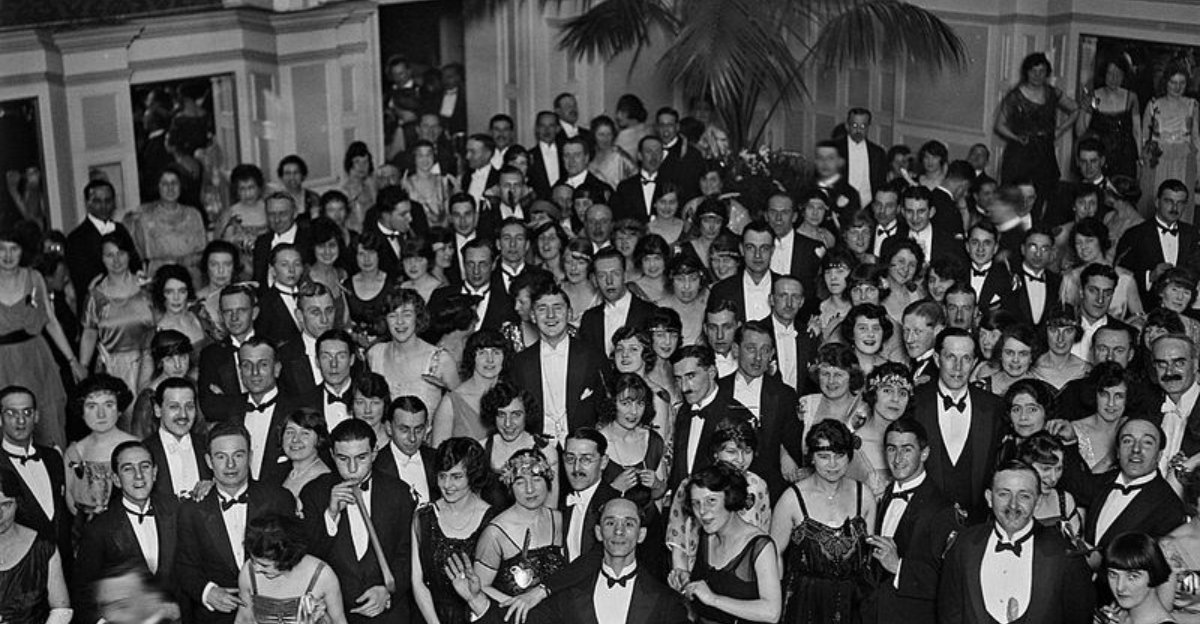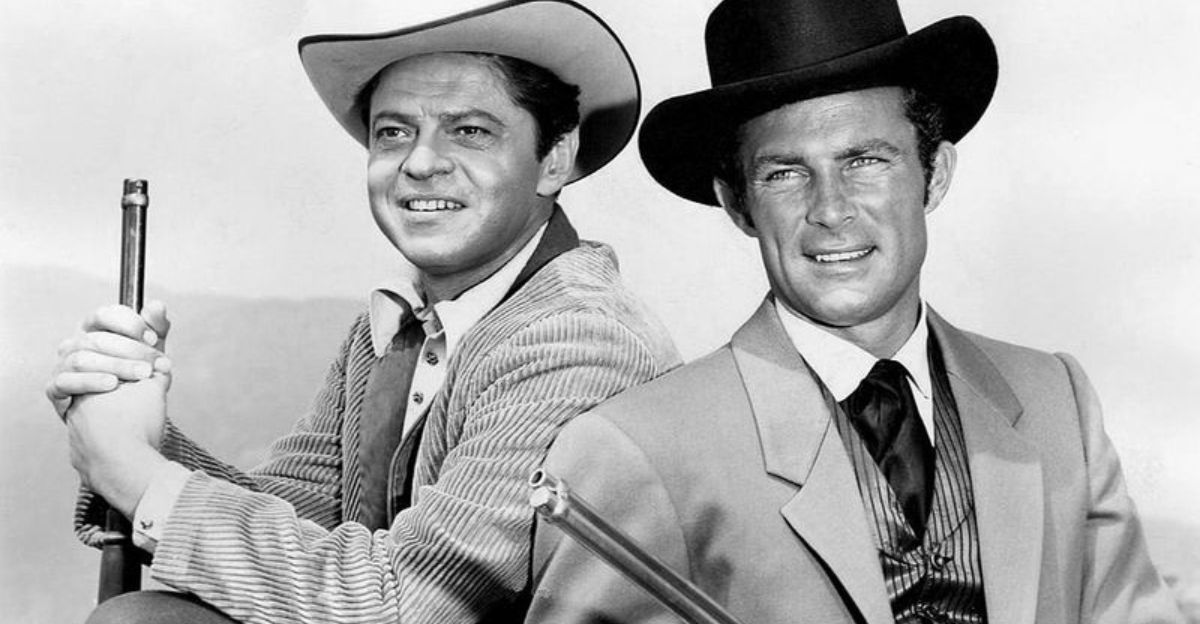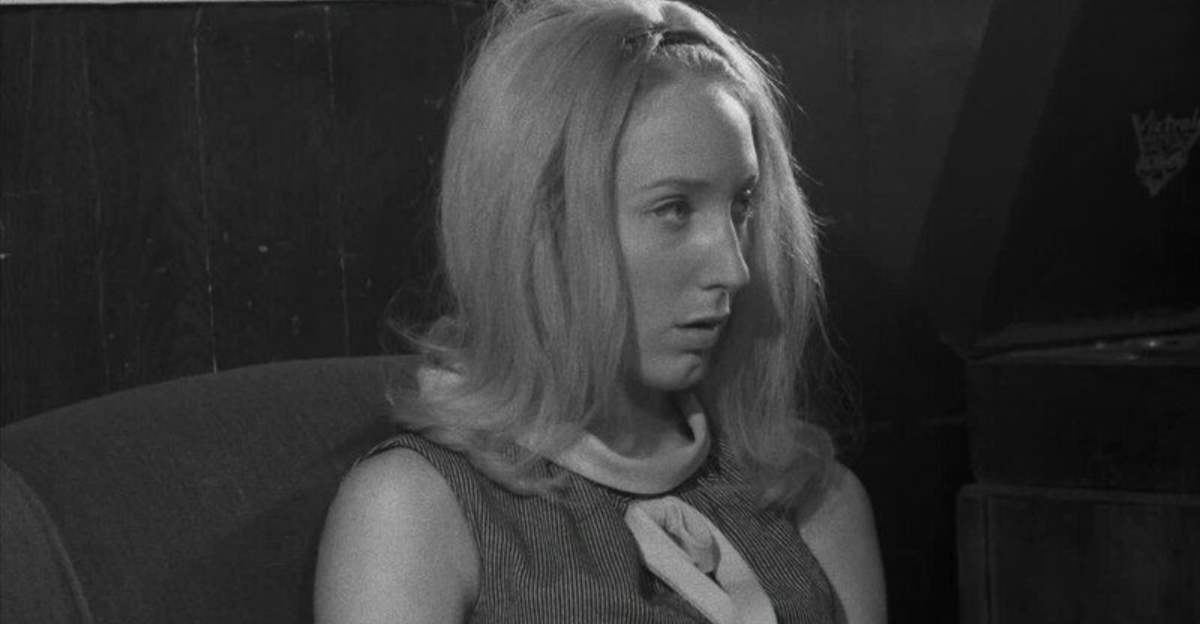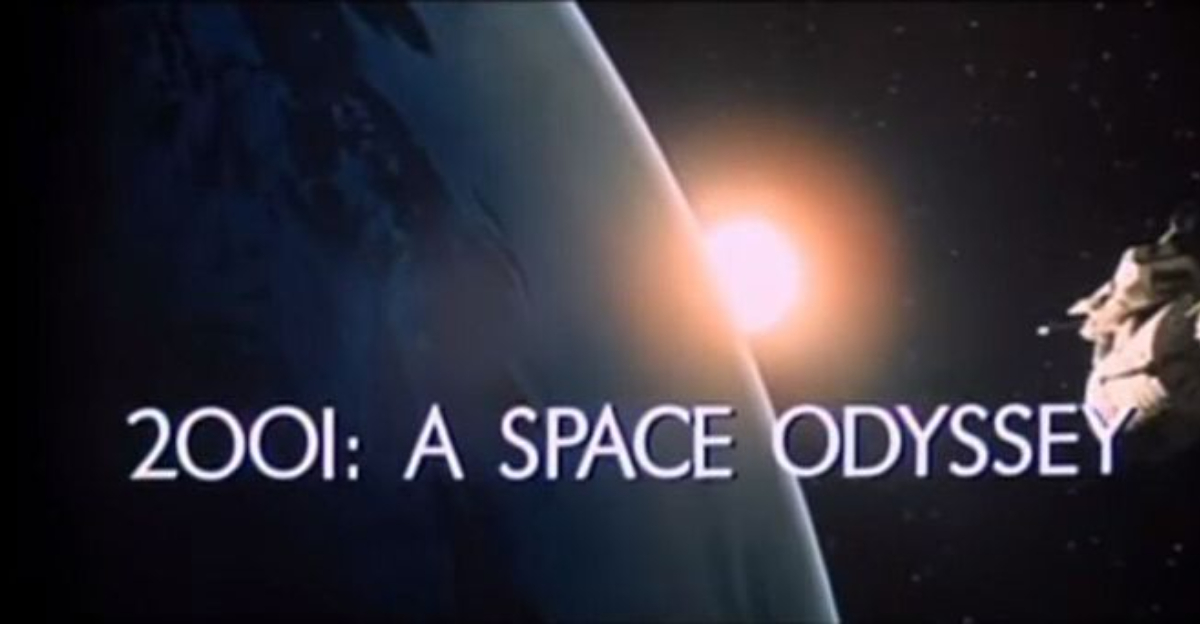10 Key Differences Between The Grimm Brothers’ Snow White And The Disney Movie
Most children grow up watching Disney’s Snow White singing with forest creatures and dancing with cheerful dwarfs, but few realize the original Grimm Brothers’ tale is far darker and stranger.
The beloved 1937 animated film softened, sweetened, and completely rewrote major plot points to create a family-friendly romance. Here’s where the two versions split like that cleverly poisoned apple.
10. Snow White’s Age: Little Girl vs Teenager
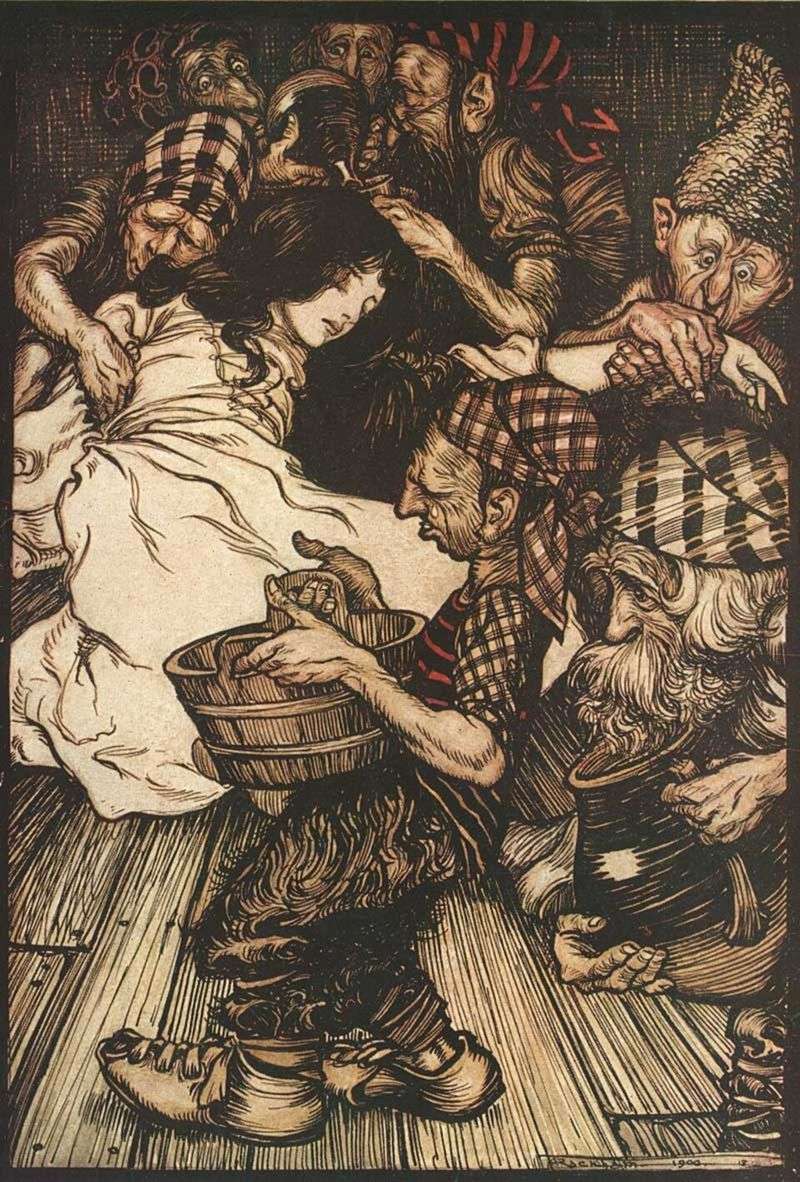
In the Grimm Brothers’ final 1857 text, Snow White is only seven years old when the magic mirror declares her more beautiful than the Queen. That’s right, dearie, a little child sparks all that jealous rage.
Disney wisely aged her up into a romantic teenager who can fall in love and dream of a prince. What most people don’t know is this change made the entire love story possible, since a seven-year-old bride would feel deeply uncomfortable to modern audiences.
Fans still debate whether the age shift was genius storytelling or whether it erased the tale’s unsettling original power.
9. Villain’s Identity: Original Mother vs Stepmother

Here’s the twist nobody expected: early Grimm editions named Snow White’s own biological mother as the vain, murderous queen. Later rewrites softened that horror by turning her into a wicked stepmother instead.
Disney opens with Snow White’s birth mother already gone, so only the stepmother version appears on screen.
This change made the villain easier to hate without the guilt of a mother harming her own child.
Some people swear the original mother version is more psychologically complex; others find the stepmother trope safer and more traditional.
8. Proof Of D*ath: Lungs And Liver vs A Heart In A Box
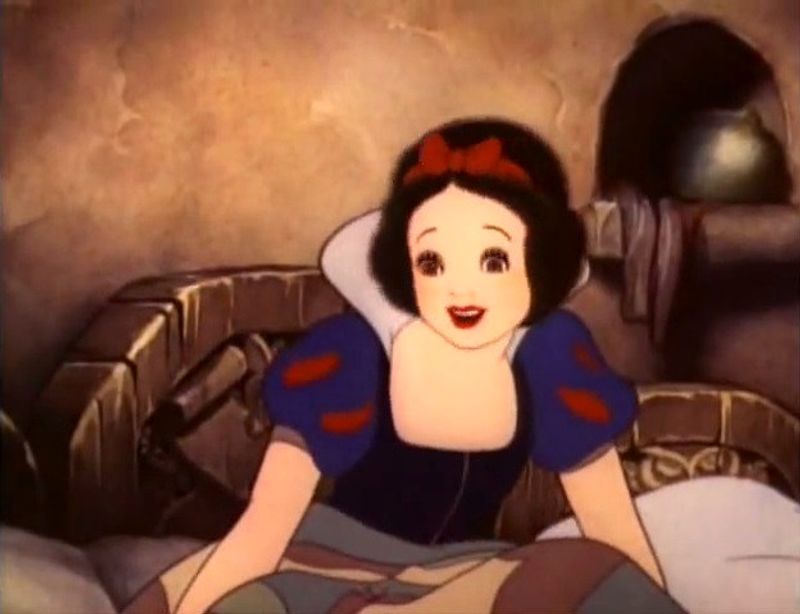
Grimm’s queen orders the huntsman to bring back Snow White’s lungs and liver, believing they belong to her stepdaughter. The queen intends to consume them, a detail that shows just how unsettling the original tale truly was.
Disney changed the organs to a symbolic heart in a jeweled box and removed the eating entirely. This single adjustment transformed the moment into something viewers could process without fear.
7. Number Of Murder Attempts: Three Traps Vs One Apple
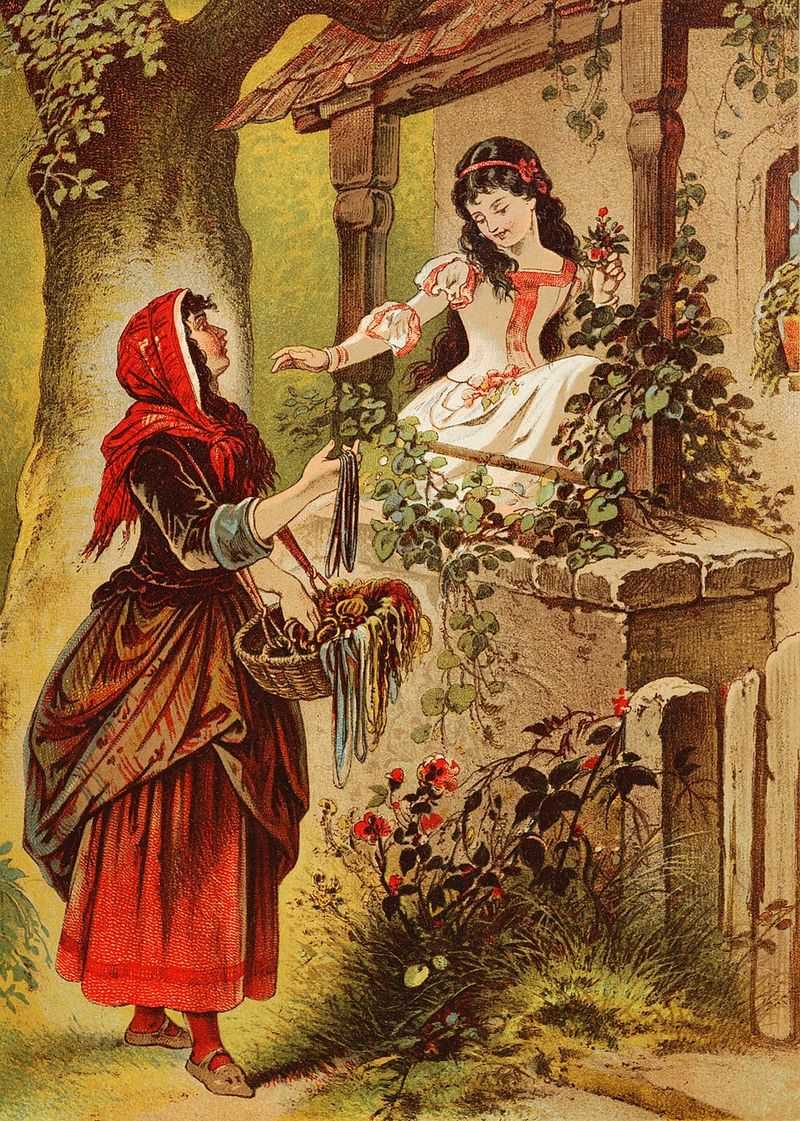
Grimm’s queen is relentless, my dear. She makes four attempts to end Snow White’s life: first ordering the huntsman to harm her, then using a suffocating bodice lace, then a poisoned comb, and finally the famous apple.
Disney removes the bodice and comb scenes entirely, focusing on the apple for clarity and pacing. Those earlier attempts reveal a calculating villain unwilling to give up easily.
6. The Apple: Split Trick Vs Simple Bite
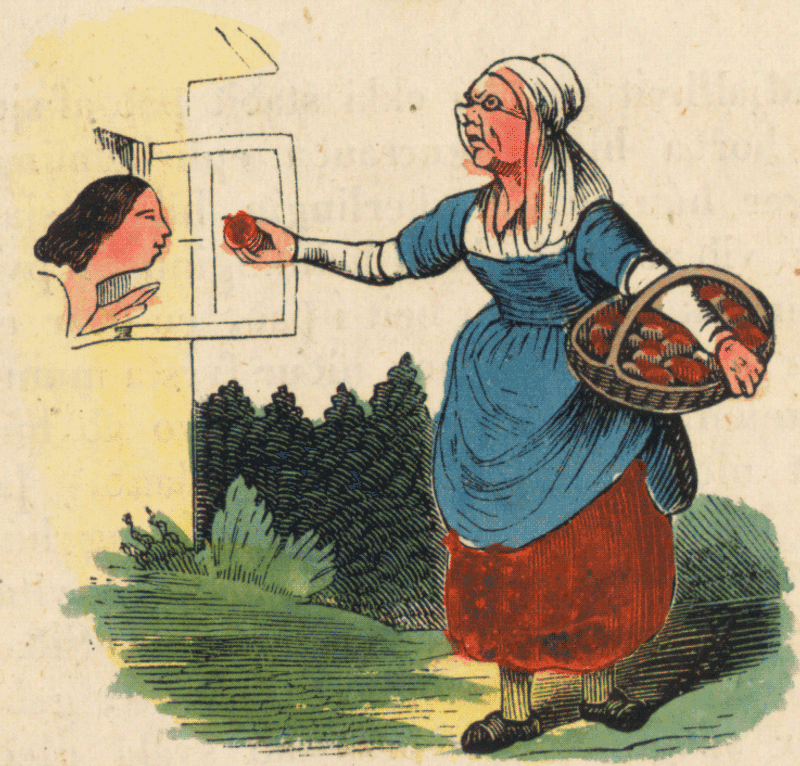
Grimm’s queen crafts a wickedly clever apple with only the red half laced in poison while the untouched white half stays perfectly safe. She calmly eats the pale portion in front of Snow White to prove its innocence, then waits with a chilling smile as the girl bites into the deadly red side.
Film version turns the entire apple into a single cursed bite, letting dark magic do its work instantly. Fun twist for readers, the split-apple trick reveals how theatrical and cunning the original villain truly was.
Which version strikes you as more sinister?
5. Awakening: Jostled Coffin Vs True Love’s Kiss
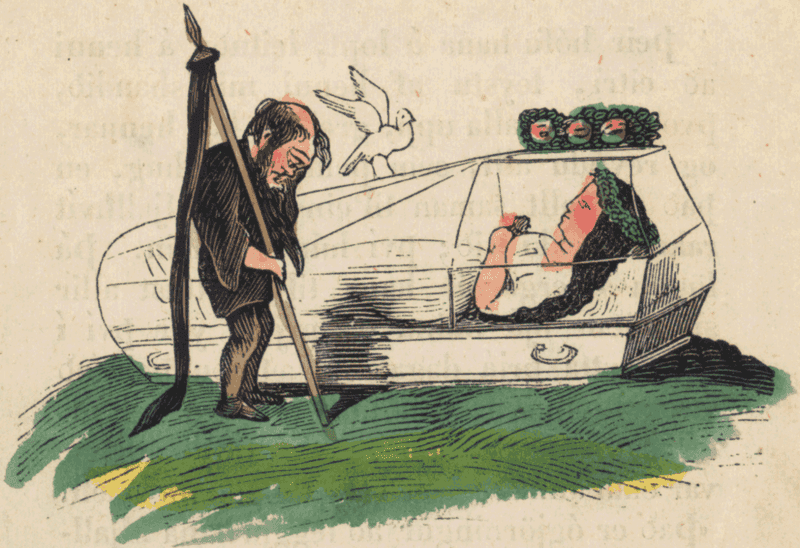
In Grimm’s tale, Snow White awakens when clumsy servants stumble while carrying her glass coffin, dislodging the piece of poisoned apple stuck in her throat. No magic, no romance, just an accident.
Disney created the now-iconic true love’s first kiss that breaks the spell and launched a thousand fairy tale tropes. Fans were stunned when they learned the original version had zero romantic rescue.
The kiss became so famous it defined every princess story that followed.
4. Queen’s Fate: Iron Shoes Vs Falling From A Cliff
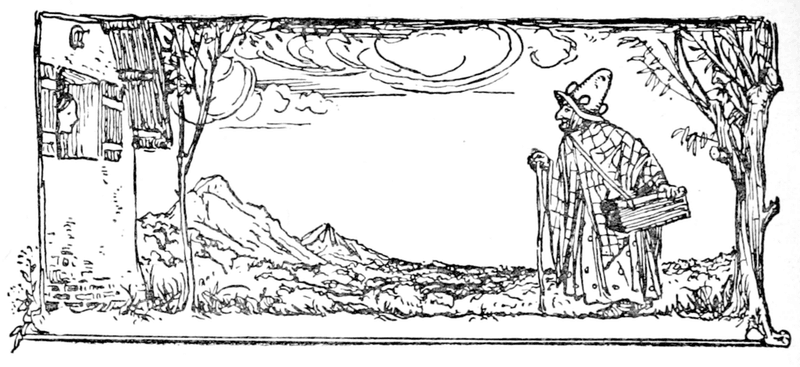
Grimm’s queen meets a fate as severe as it is unsettling, dearie, forced to dance in red-hot iron shoes at Snow White’s wedding until her strength finally gives out. Heat rises from those glowing metal slippers, turning punishment into a horrifying spectacle that lingers long in the mind.
Film version picks a different path, keeping the queen in her witch form as villagers chase her up a cliff where lightning strikes and a falling boulder seals her doom. Both endings hit hard, yet the film’s approach leans toward accidental justice rather than deliberate suffering.
3. The Seven Dwarfs: Unnamed Helpers Vs Named Personalities
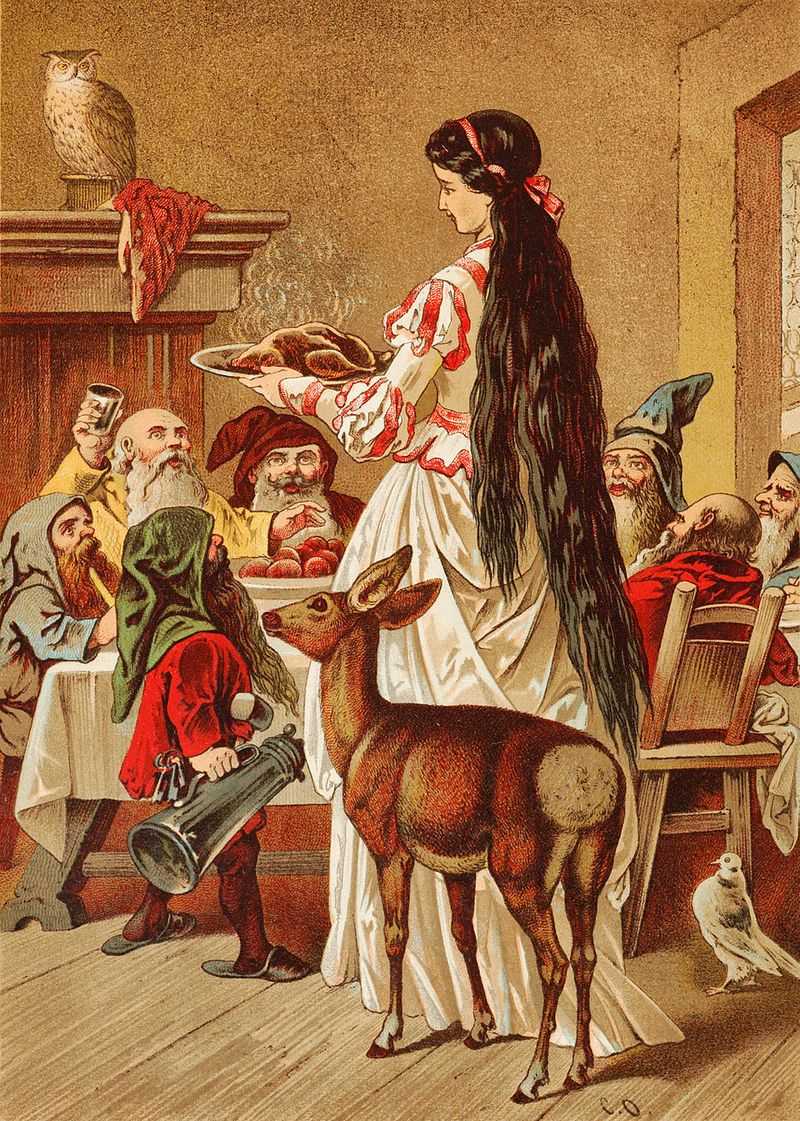
Grimm’s dwarfs remain unnamed and mostly function as protective hosts who offer Snow White shelter if she cooks and cleans for them. They’re kind but flat, my dear.
Disney named each dwarf and built strong comic and emotional subplots around their distinct personalities, from Grumpy’s growl to Dopey’s silent antics. What nobody talks about is how this change turned background characters into beloved icons with their own fan followings.
Locals whisper that Doc and Grumpy steal every scene they’re in.
2. Prince And Romance: Late Arrival Vs Ongoing Love Story

Grimm’s prince first encounters Snow White when she is lying in the glass coffin, frozen in her enchanted sleep, and he becomes captivated by her beauty. He brings her to his castle, and when the spell breaks, he marries her soon after.
Disney introduces the prince early, gives the pair a duet, and builds the story around a blossoming romance rather than a late arrival.
1. Life At Court And The Mirror’s Line

Grimm’s tale shows Snow White living as a princess under a vain queen who steps before her magic mirror and asks, “Mirror, mirror on the wall, who is the fairest of them all?” Snow White appears gentle, obedient, and almost dreamlike in her innocence.
One well-known adaptation shifts her into scullery work, placing her in servant clothing while woodland creatures gather around with cheerful energy and musical charm. Fans still debate whether that added backstory builds sympathy or simply stretches the storyline a little longer.

